Planets are the main parts of our universe, a planet is a relatively large celestial body that orbits around a star or stellar remnant. These astronomical bodies are massive enough to round by their gravity but they are not big enough to arise thermonuclear fusion. In the solar system, there are eight (or nine) planets that of them orbit around both themselves and the sun. Planets are made of the elements that there are in the whole universe, so they are good samples for studying the past and the future of the universe and gaining much significant information. In this article, we are going to learn more about planets.
What is a Planet and how did they discover the planets?
According to some scientists, a celestial body should have certain characteristics that we call a planet. For example, it should be more than about 1000 km (600 miles) across. It should be large enough to be squeezed by its gravity into a sphere. The planet’s gravity is much less than the gravity of a black hole. Based on this information, until 2006 scientists recorded 9 planets.
But it wasn’t before the 20th century that scientists discovered that there are some other planets than the Earth in the solar system. The discoveries in the field of astronomy revealed that other stars have objects that seem to be planets because they orbit around them, they were different from stars as stars orbit their galactic center. Firstly they discovered eight stars, from the nearest planet to the sun to the farthest Mercury, Venus, Earth, Mars, Jupiter, Saturn, Uranus, and Neptune. In 2006 scientists said that Pluto is listed as the 9th planet from the sun. Pluto was discovered in 1930 and at that time it was introduced as the ninth planet but at the beginning of the 1990s its nature as a planet was questioned because scientists discovered some objects of similar size in the Kuiper belt, Finally, the International Astronomical Union (IAU) in 2006 listed Pluto as a dwarf planet.
A dwarf planet is a small planetary-mass object that is in direct orbit of the sun, it is usually smaller than the main eight planets in the solar system.
The Introduction of the Nine Planets in the Solar System
Each planet in the solar system has unique properties, they are different from each other according to the temperature, size, color, and even the amount of each element. In the following, we learn more about them.
Mercury
This is the smallest planet in our solar system and the closest to the sun. Mercury is a bit larger than the Earth’s moon. This is also the fastest planet, it orbits the sun every 88 Earth days. Mercury rotates in a way that is different from other planets, its orbital eccentricity is the largest of all known planets in the solar system.
Venus
This is the second planet from the sun which spins slowly in the opposite direction of the other planets. It maybe seems that Venus should be less hot than Mercury, but in fact, it’s the hottest planet in the solar system. A thick atmosphere over that traps heat on the planet, so the greenhouse effect is so obvious on Venus. This is why this planet is the hottest in the solar system.
Earth
The third planet from the sun, where we live, is the only place that is recognized proper for living so far. The temperature, the amount of access to water, and other things that we need to be alive are just defined on the Earth. The atmosphere of the Earth has mostly consisted of nitrogen and oxygen.
Mars
The fourth planet from the sun which appears red because of its soil is dusty and arid with a very thin atmosphere. Water on Mars there is in ice form, despite that, this planet is the most probable place for humans to live. There is strong evidence that shows billion years ago Mars was warmer with a higher amount of liquid water.
Jupiter
The biggest planet in our solar system is about two times bigger than other planets if we combined them! To imagine the size of Jupiter, it’s good to know that just the Great Red Spot on that which is a centuries-old storm, is bigger than the Earth.
Saturn
We know this planet with its icy ring, this ring is a dazzling complex system. Saturn is not the only planet in the solar system which has a ring around it, but none of the other planets has such a spectacular ring. Saturn is the second-largest planet in the solar system.
Uranus
The seventh planet from the sun which is seen in light blue rotates at a nearly 90-degree angle from the plane of its orbit. It’s why Uranus appears to spin on its side. This is the third-largest planetary radius and the fourth-largest planetary mass in the solar system
Neptune
The most distant planet from the sun is dark, cold, and whipped by supersonic winds. Neptune which is the third massive planet in the solar system is 17 times bigger than the Earth.
Interesting Facts about the Planets
- Venus is the only planet in the solar system that does not have any moon.
- Mars has the biggest volcano and the longest valley that we know so far.
- Jupiter’s Great Red Spot is shrinking.
- The planets which are located out of the Milky Way galaxy are called Extragalactic Planets.
- Scientists say that there may be a huge planet at the edge of the solar system.
- Mars has varying amounts of methane in its atmosphere.
- Saturn has a hexagonal-shaped storm.
- The solar atmosphere is much hotter than the surface.
- Like the stars birth from nebula, planets birth from a dense disk of gas and dust.
Conclusion
Planets, from our home planet to the most distant ones were always interested in humans. They are studied in different filed so far and we’ve gained much important information about them, but there are still many more secrets about them waiting to be revealed by us.


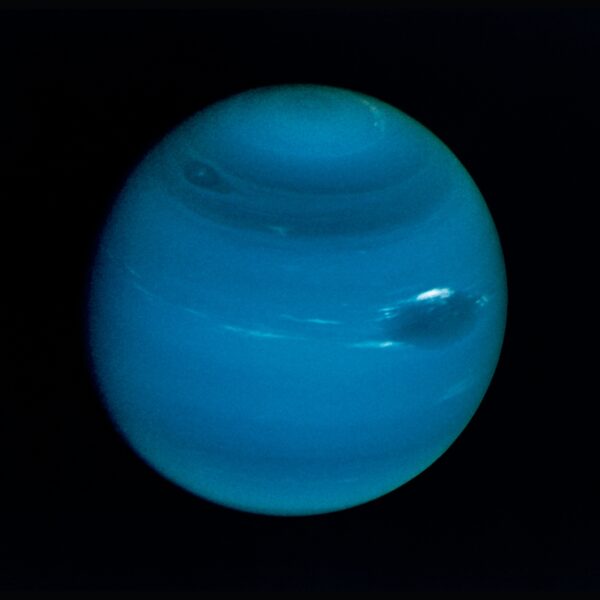
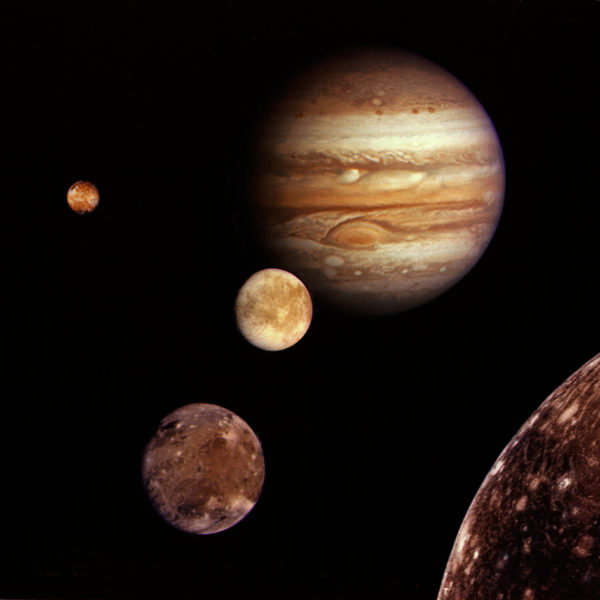
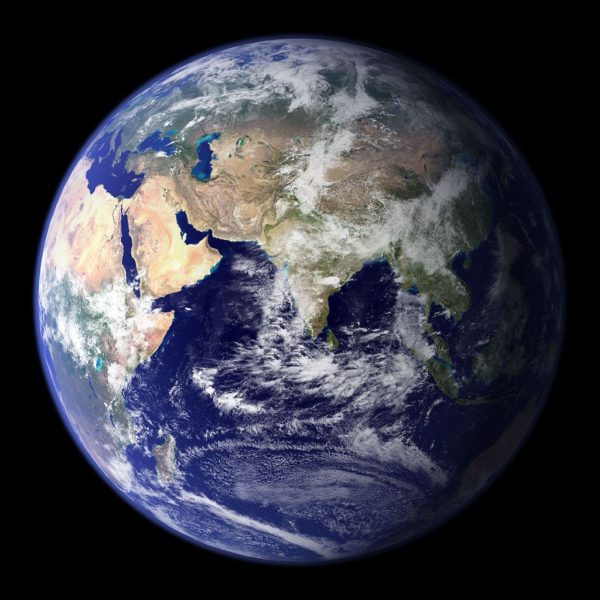
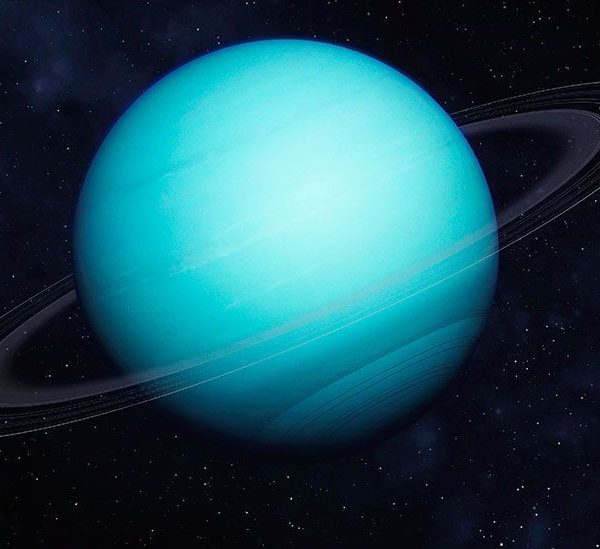
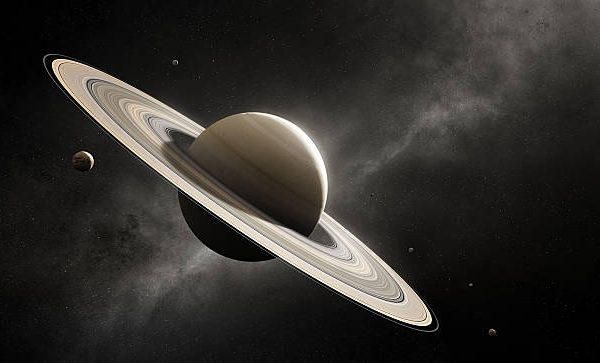

Contact me

